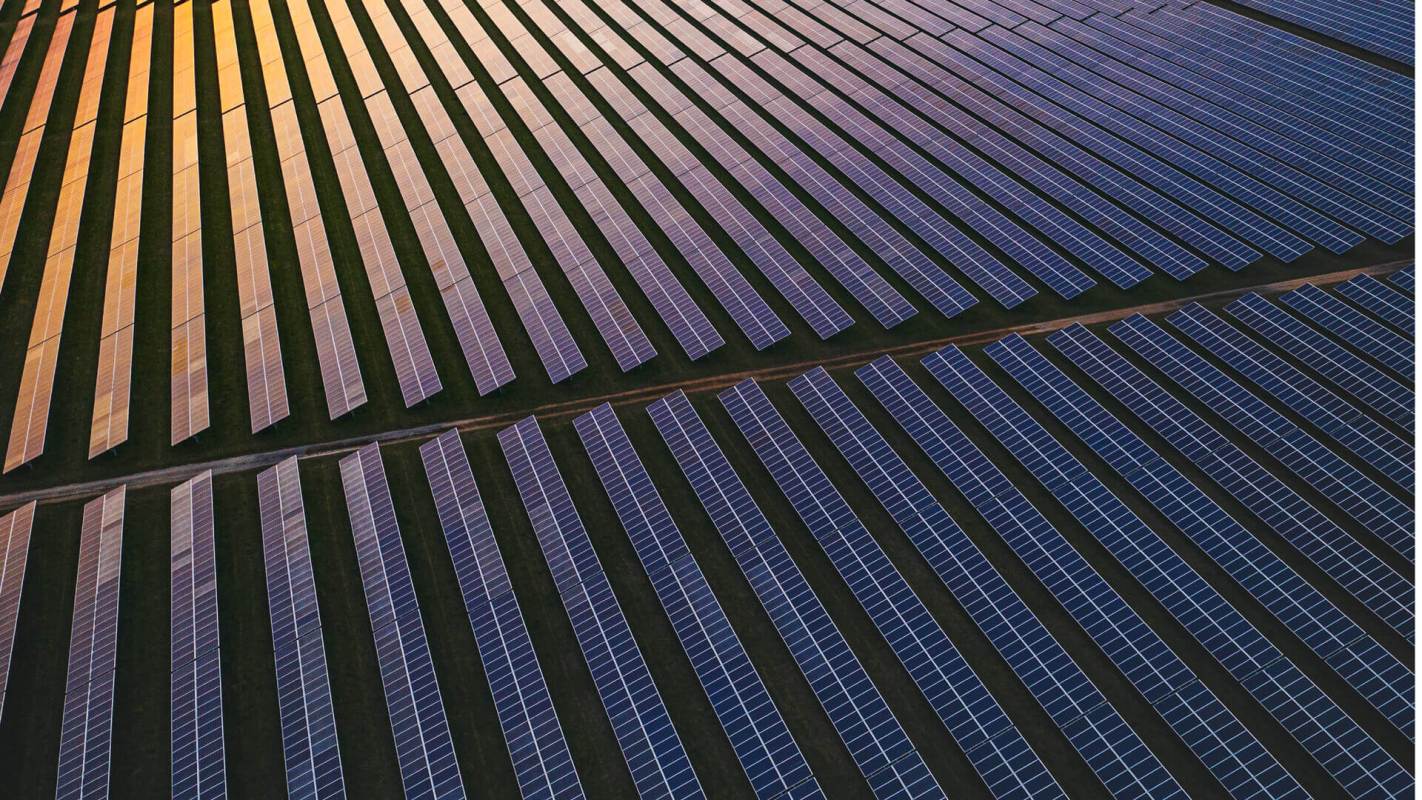With help from the White House, community solar programs will save 5 million households roughly $1 billion in energy costs by 2025.
The Biden Administration is creating new programs to expand community solar among subsidized housing residents and households that receive federal assistance to pay their utility bills.
Community solar programs allow you to subscribe to a solar panel located on a solar farm: you earn credits back on your electricity bills for the solar energy produced by your panels, lowering how much you have to pay.
Residential solar systems are the panels that can be installed on your roof or property that directly supply solar energy to your home. The issue is that these residential systems have an average upfront cost between $18,000 and $20,000, something not many American households can afford.
EnergySage makes it easy to find community solar projects in your area. Get started with their free tool to save money without the hassle of rooftop panels or switching providers.
Enter your ZIP code and average monthly electric bill
These White House programs encourage community solar programs because they promote clean energy use without costing homeowners tens of thousands of dollars on home solar systems.
Community solar programs won't affect rent assistance
The Department of Housing and Urban Development (HUD) issued new guidance to protect residents in subsidized housing from having the credits from subscribing to a community solar program count towards their household income.
In other words, subscribing to a community solar project won't affect eligibility for rent assistance.
This protection for residents in subsidized housing could help 4.5 million families participate in community solar programs and save them an average of 10% annually on energy bills, the White House believes.
Connecting people to community solar
The White House is making community solar programs more accessible for households enrolled in the federal Low-Income Home Energy Assistance Program (LIHEAP).
A new pilot program provides a digital platform for people participating in LIHEAP to connect with and manage their community solar subscriptions.
The goal of the Community Solar Subscription Platform is to get more people to subscribe to community solar programs, lower electricity bills for low-income households, and deploy community solar programs faster.
The White House hopes this platform will help create $1 billion in energy bill savings by 2025.
Financial incentives for accessible community solar programs
Another approach to making community solar more accessible is the "Sunny Awards for Equitable Community Solar" program. The Sunny Awards will provide up to $10,000 to community solar projects that successfully reach low-income households and reduce their electricity bills.
Low-income households are most vulnerable to utility shutoffs and the price gouging of dirty energy.
These White House plans to make community solar programs less risky, more accessible, and better funded will protect millions of people and save Americans money on their electricity bills, Jean Su, Energy Justice program director at the Center for Biological Diversity, believes.
In addition to helping people, these actions will aid the U.S.'s transition towards cleaner energy sources.
Follow The Cool Down on Instagram and TikTok.








